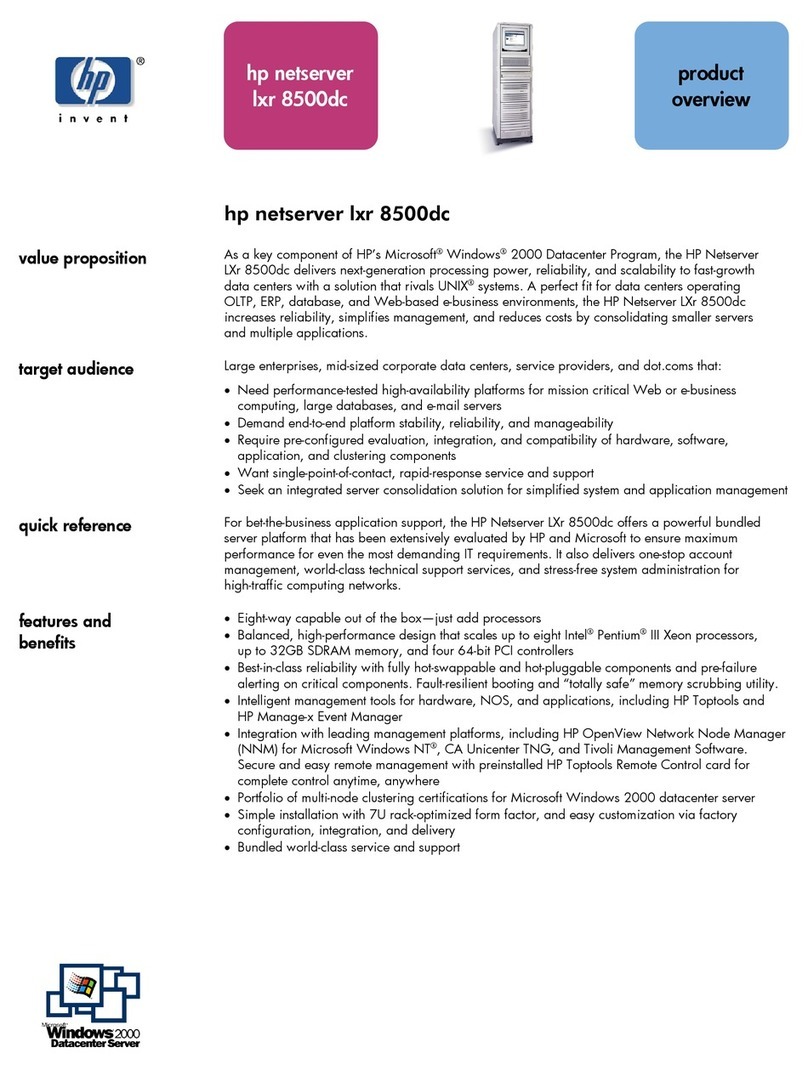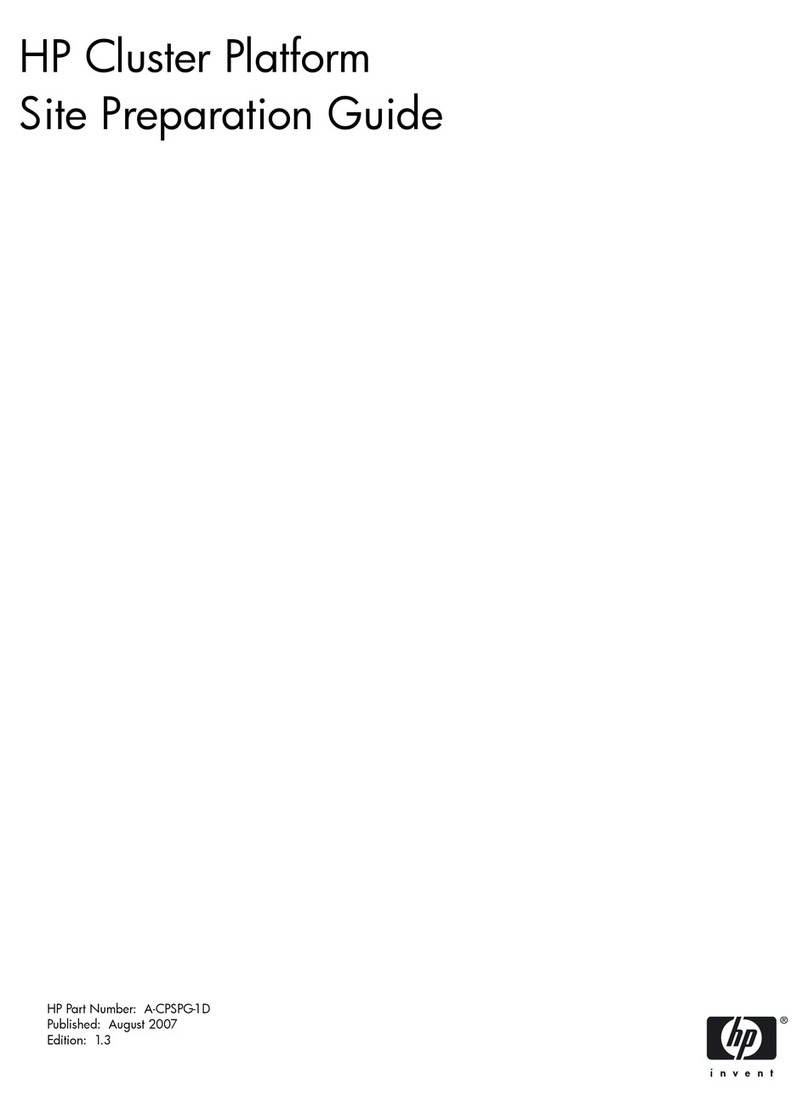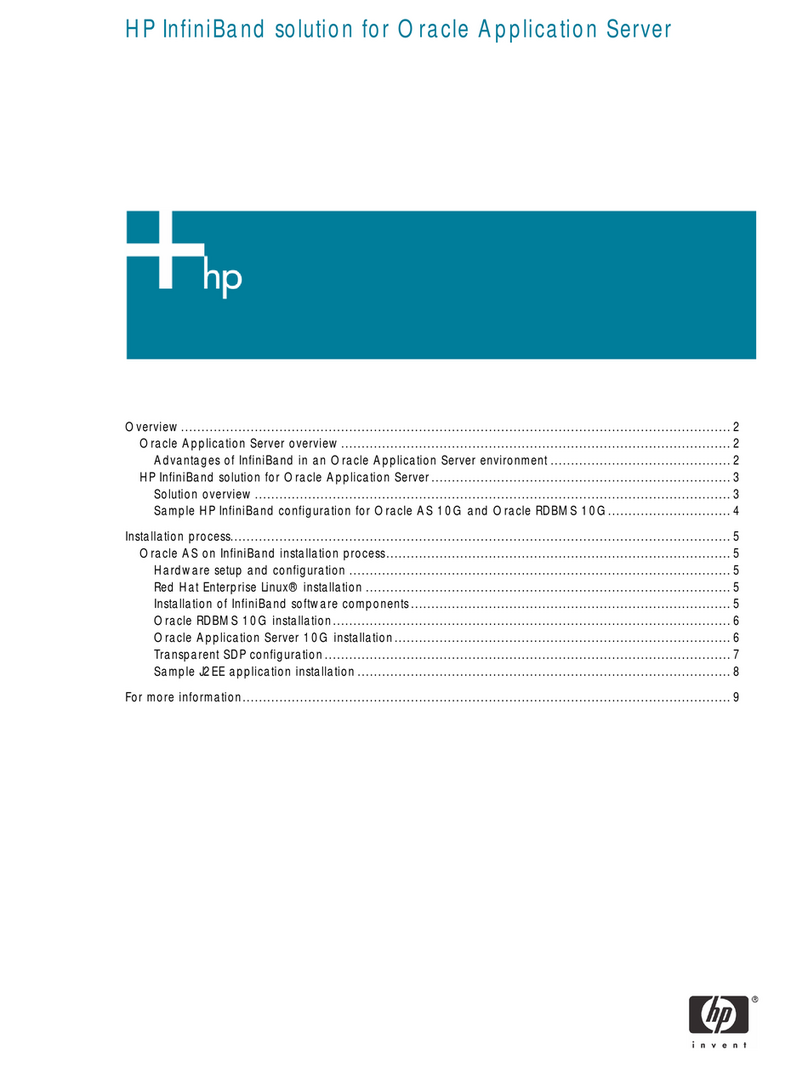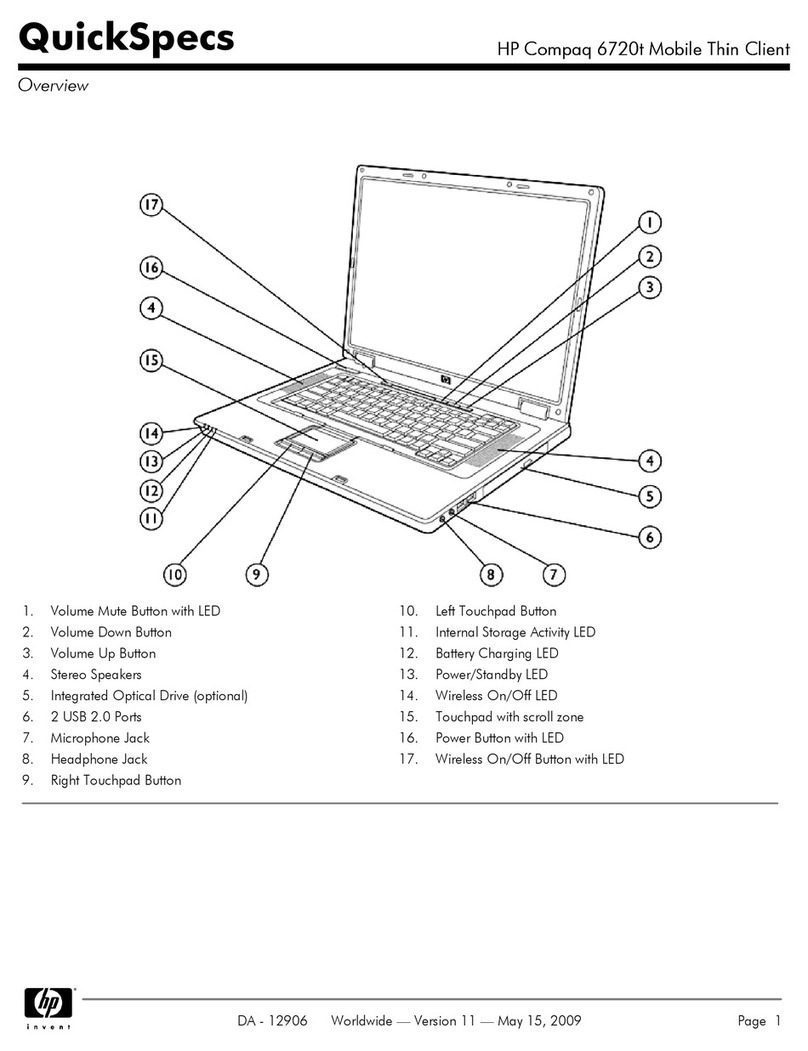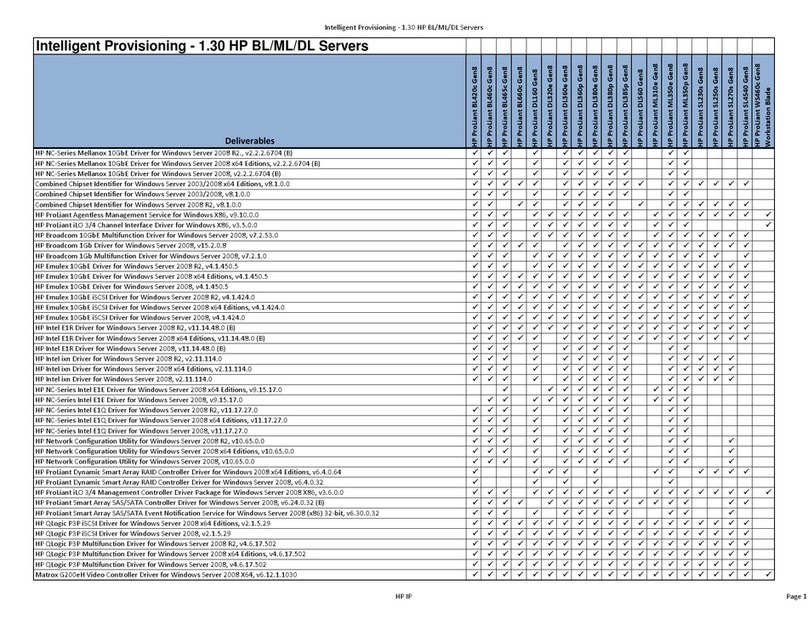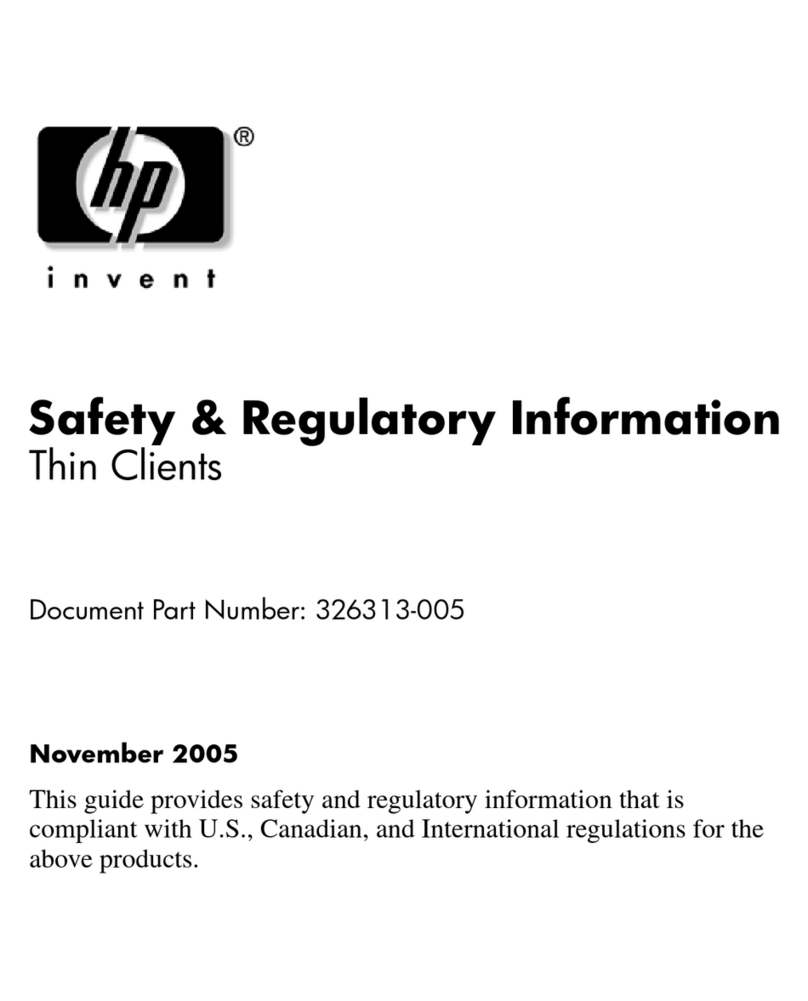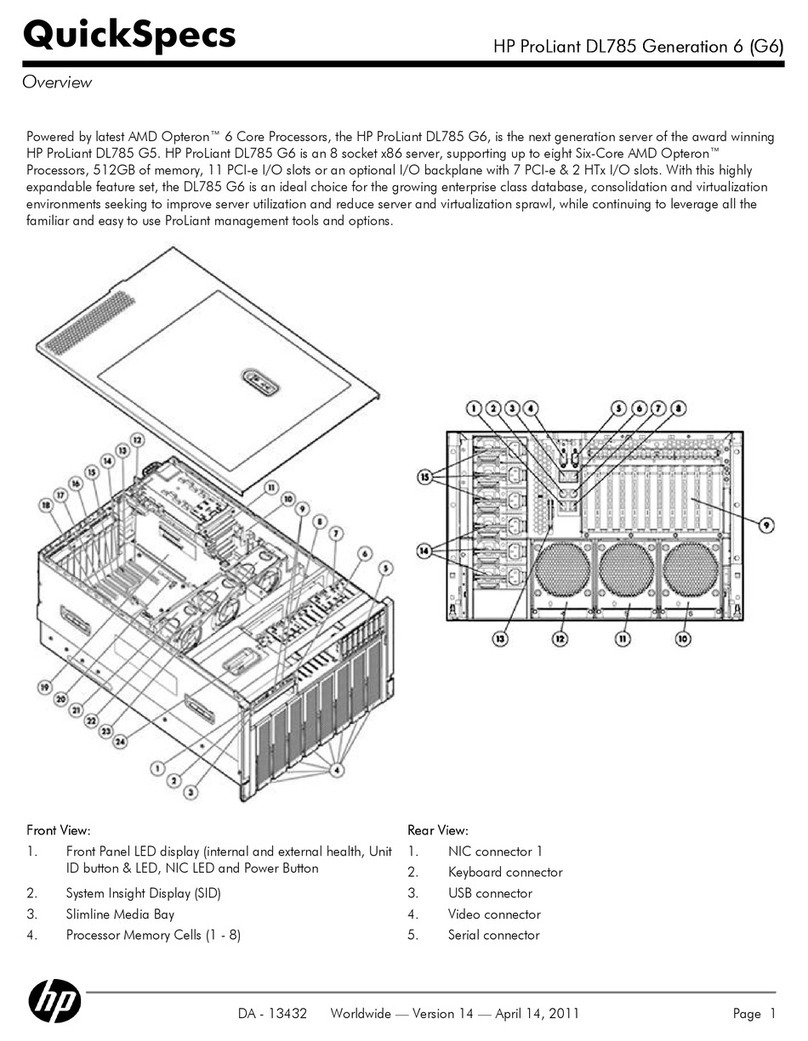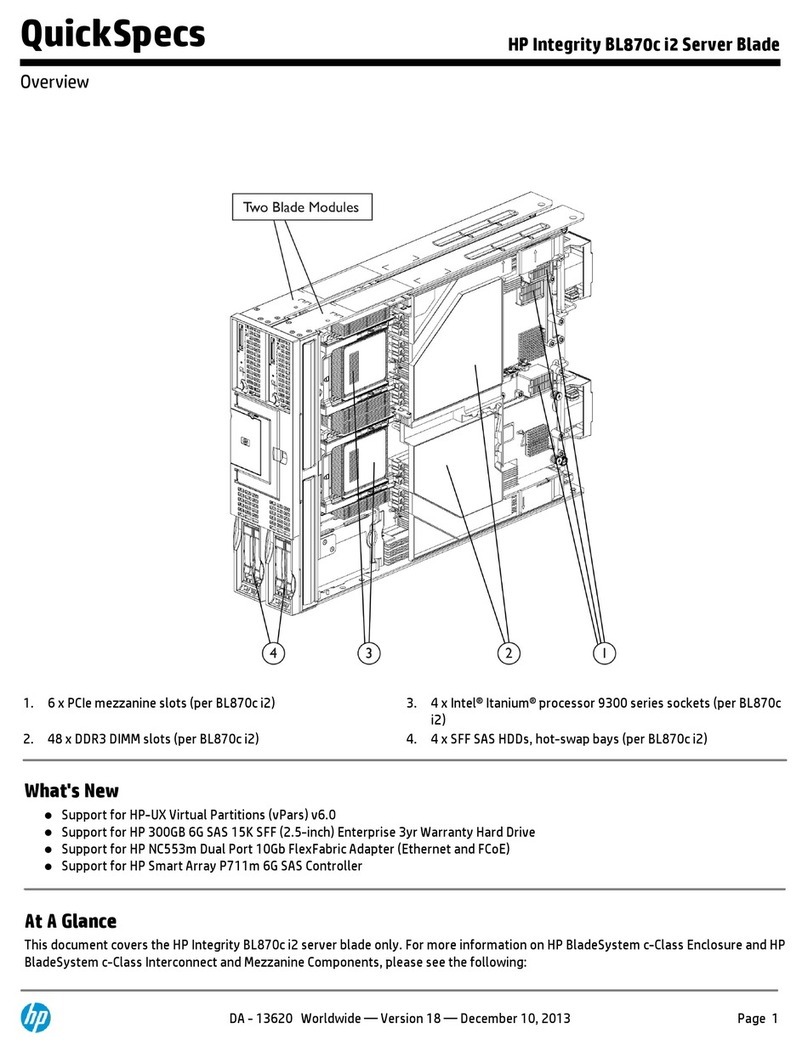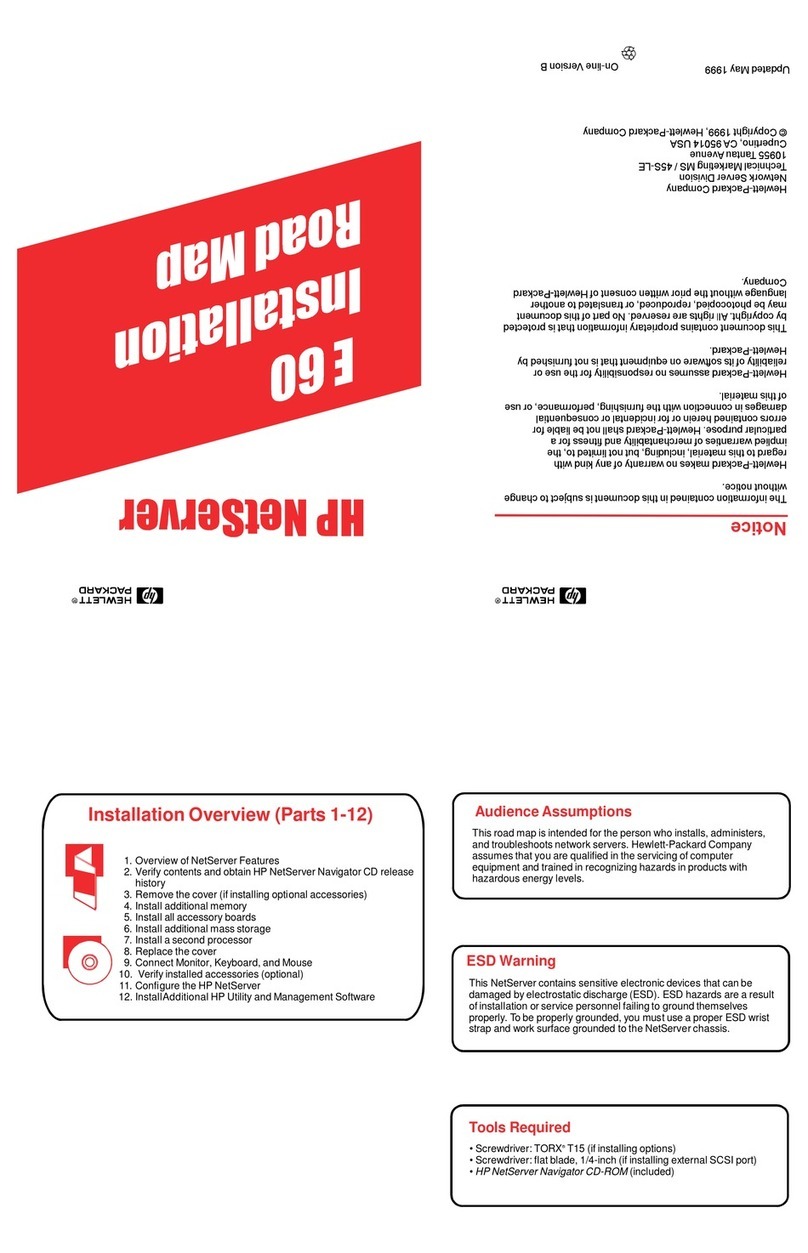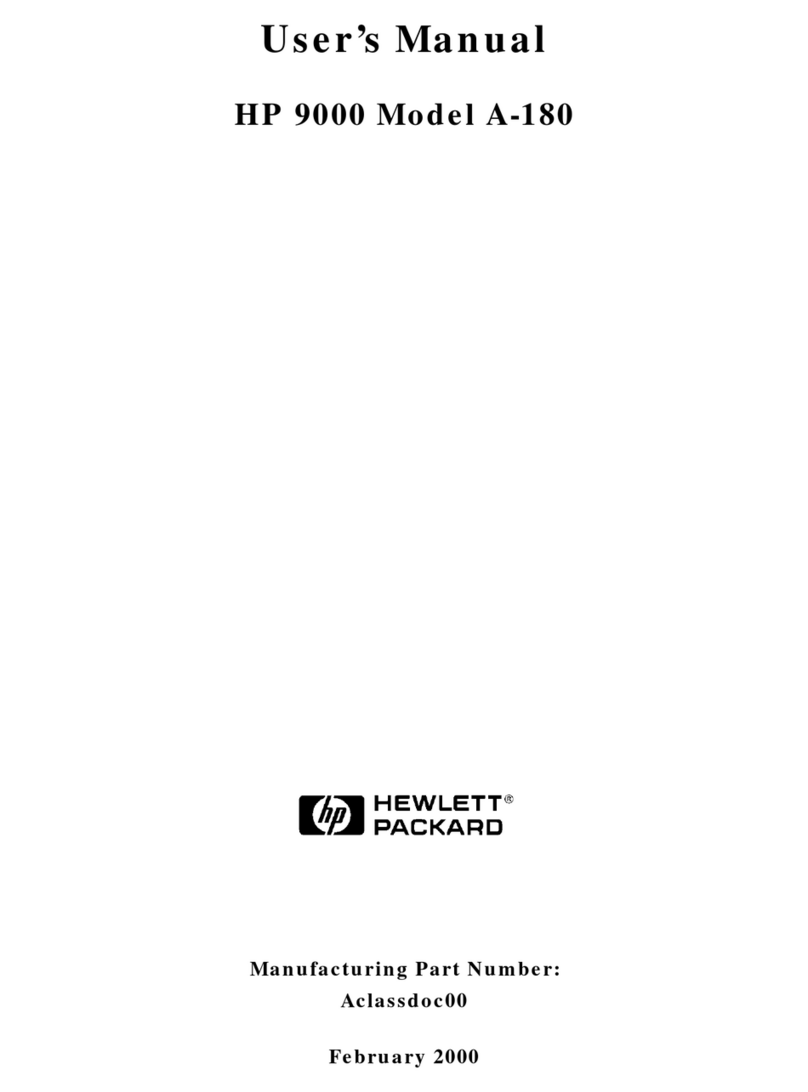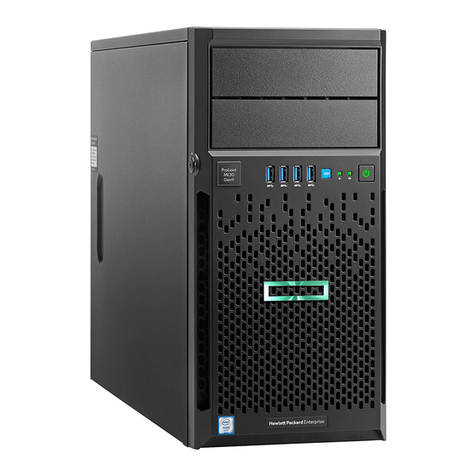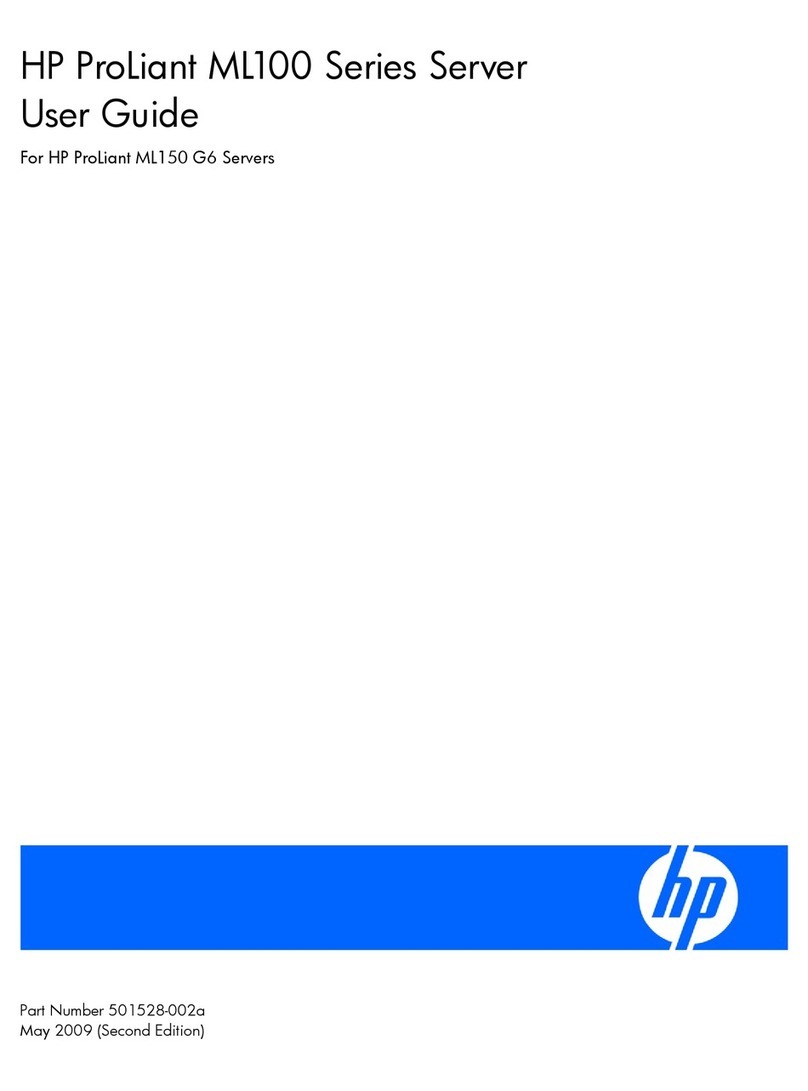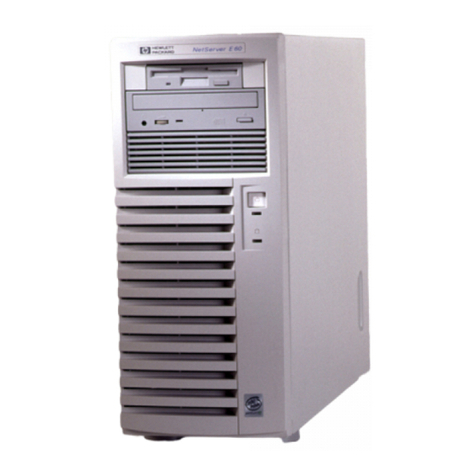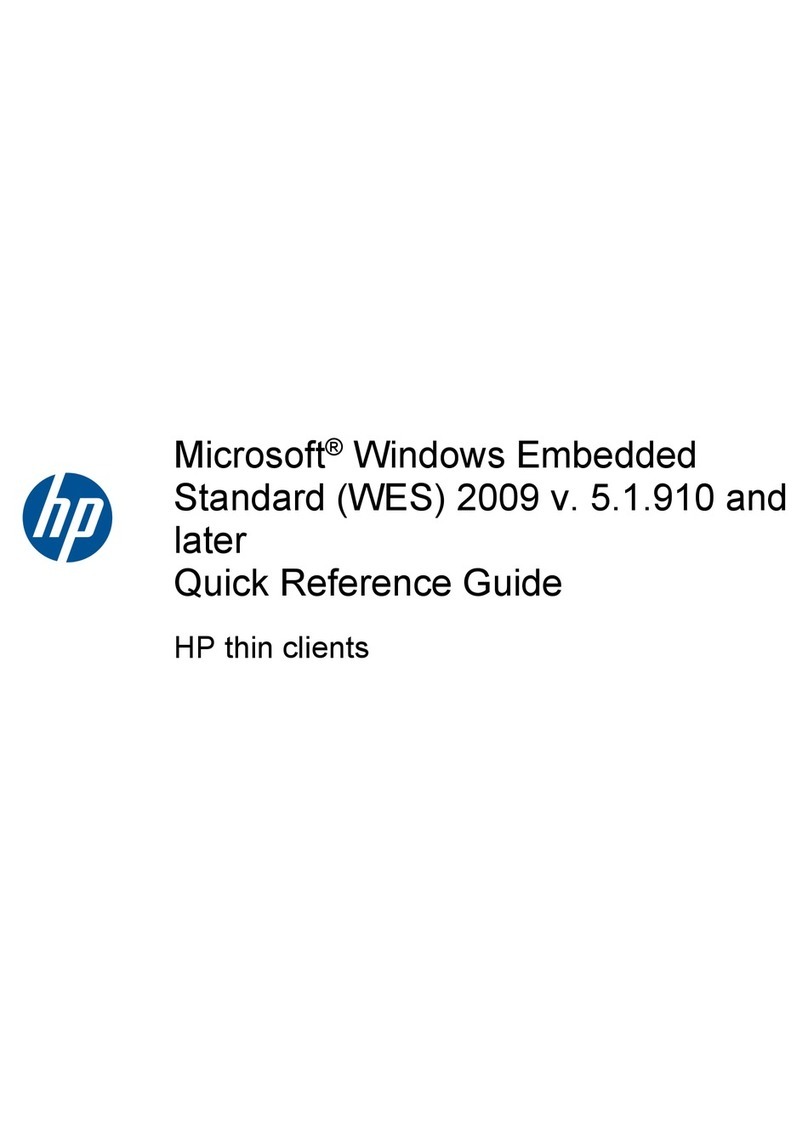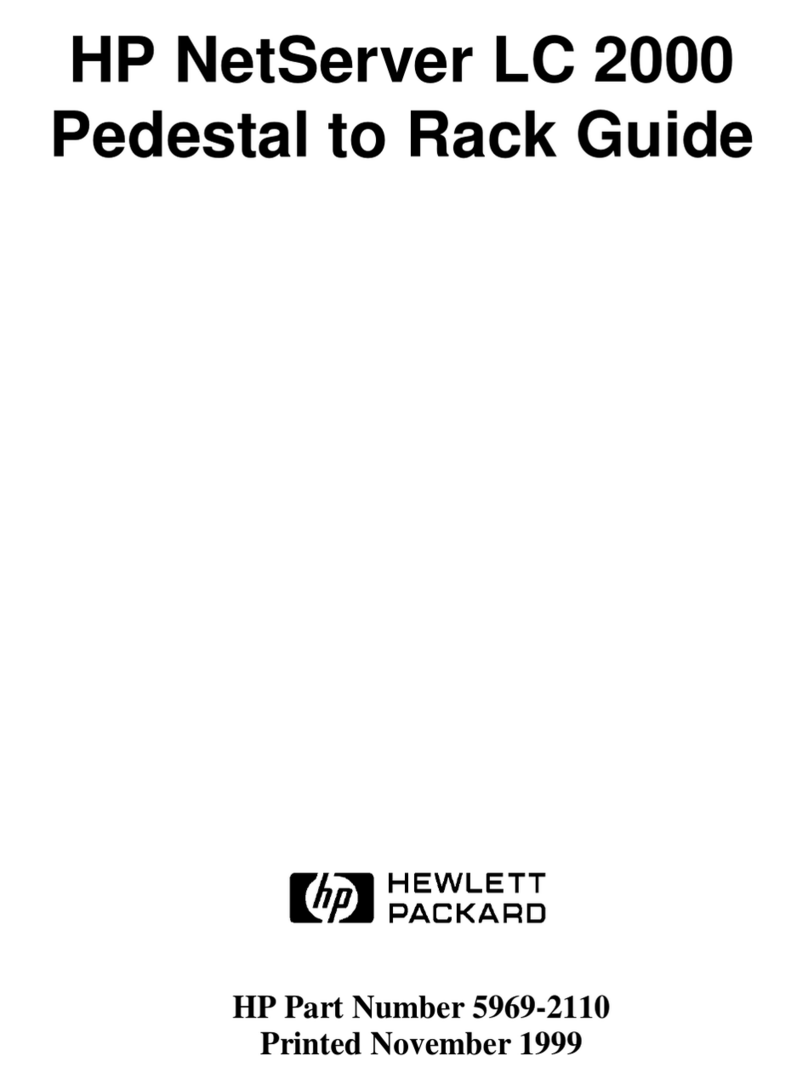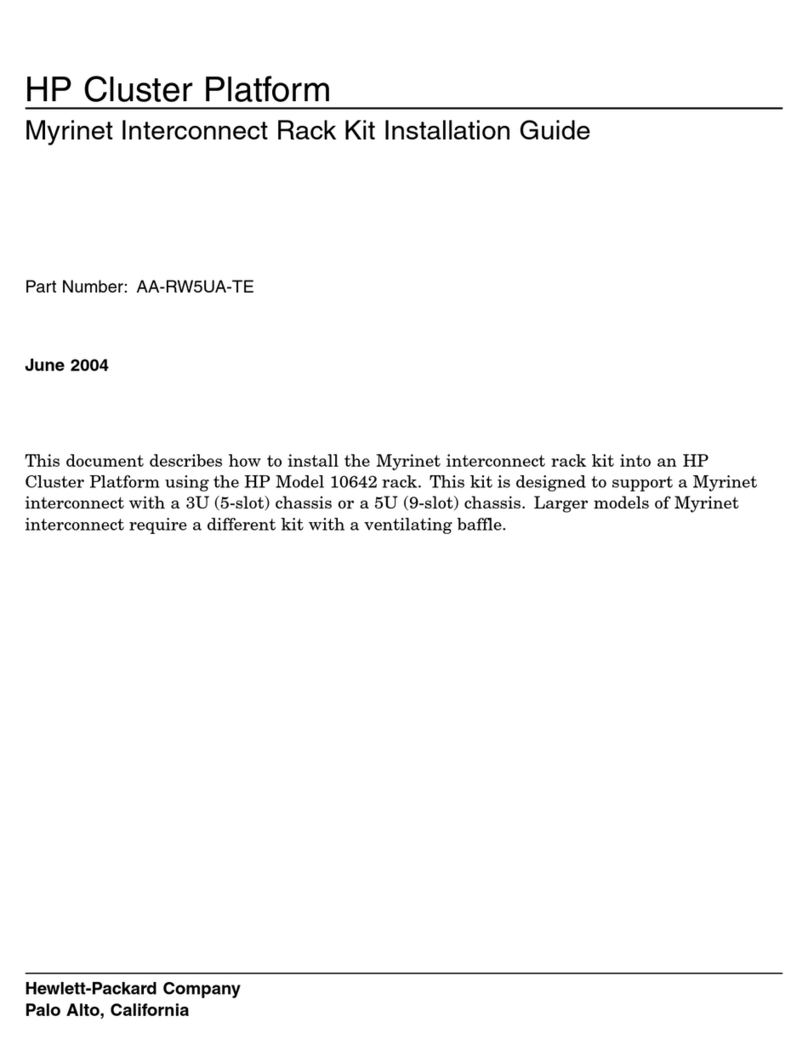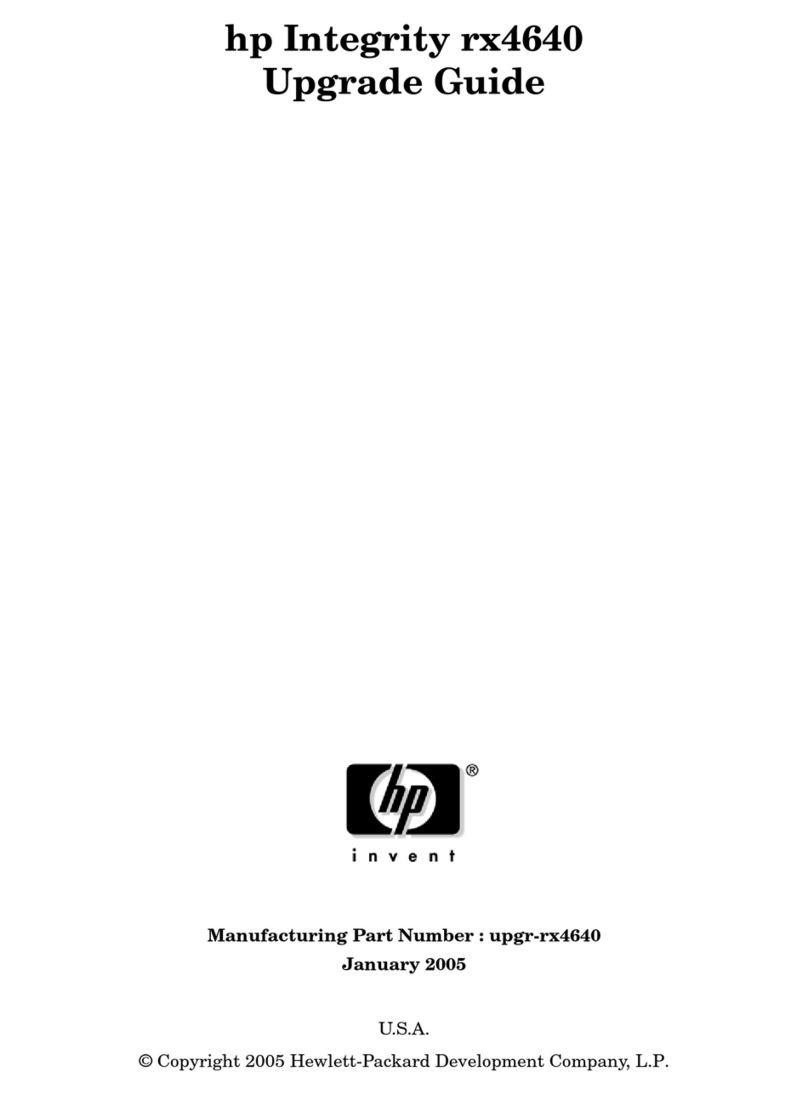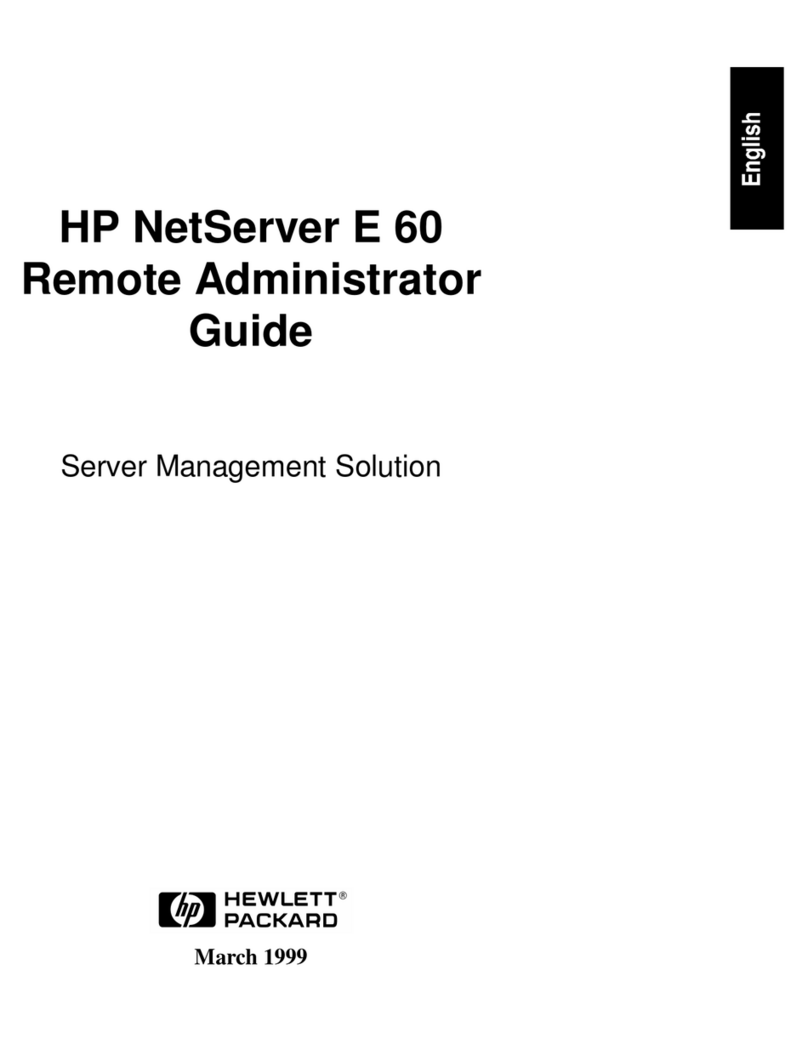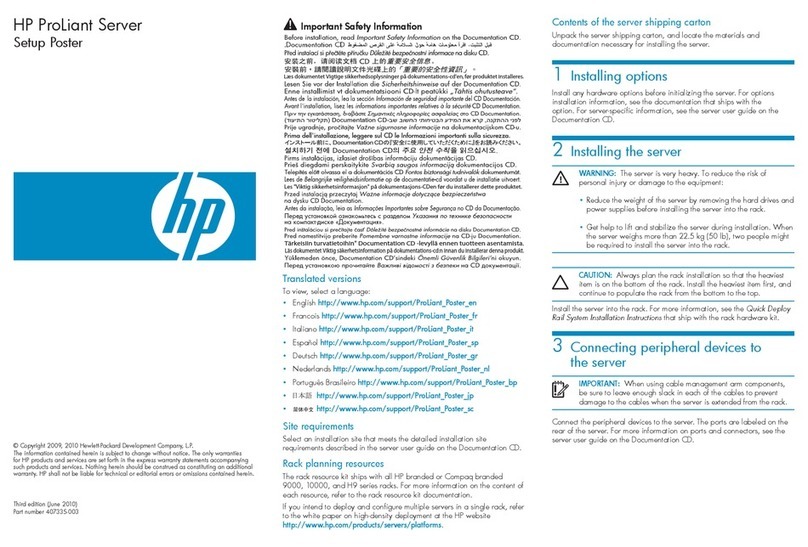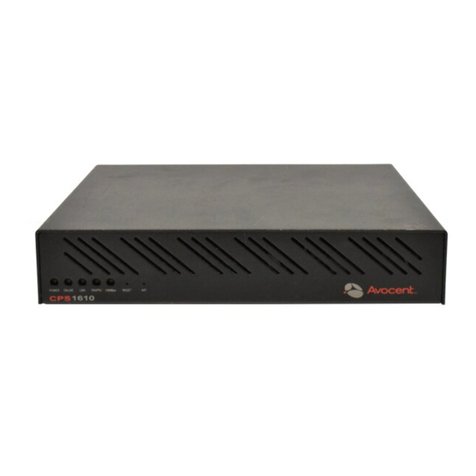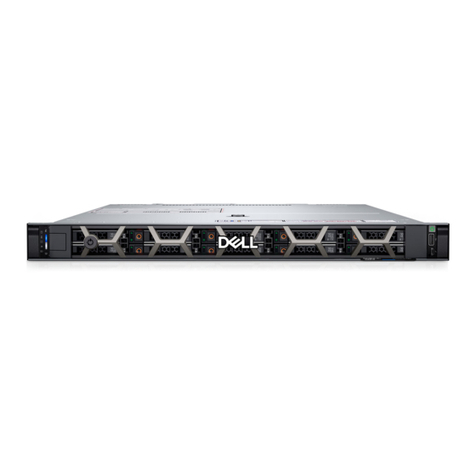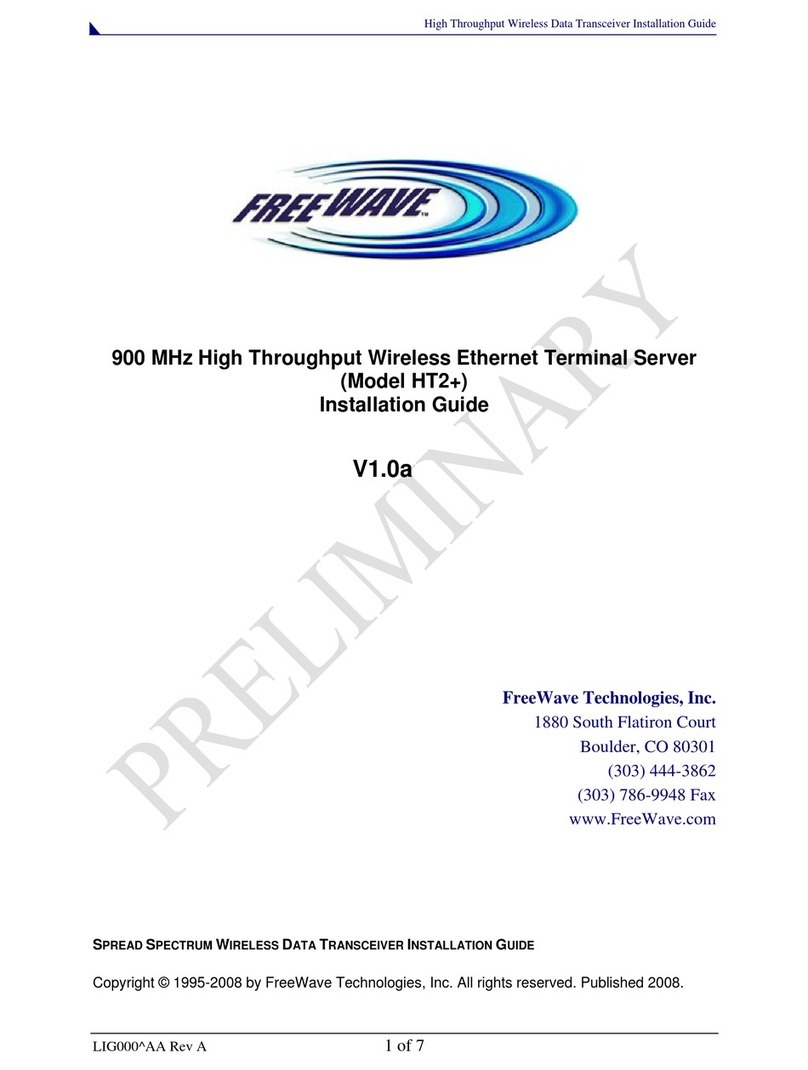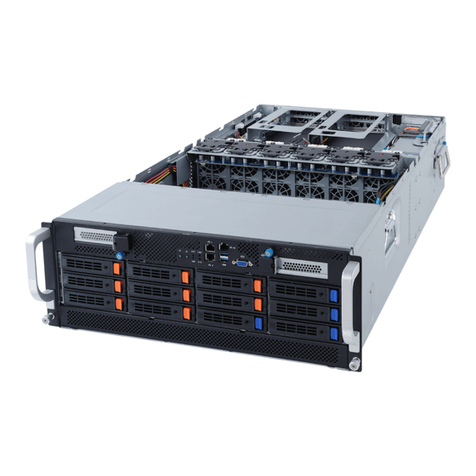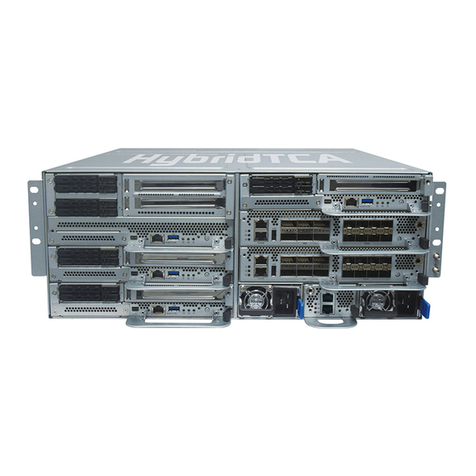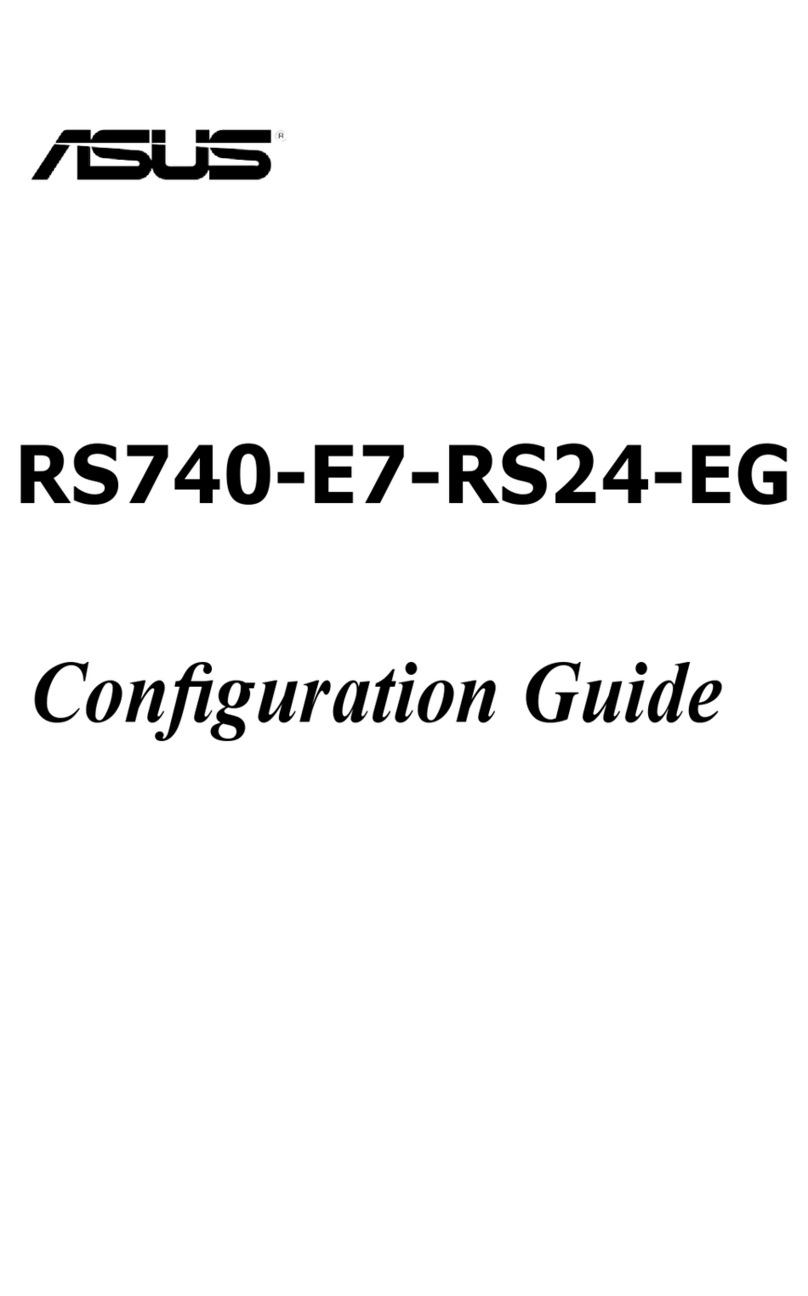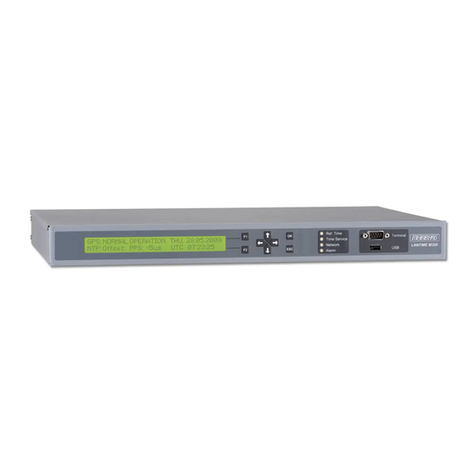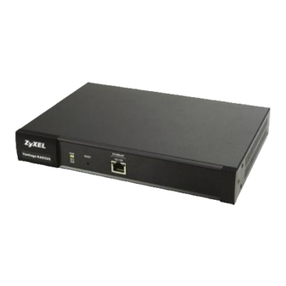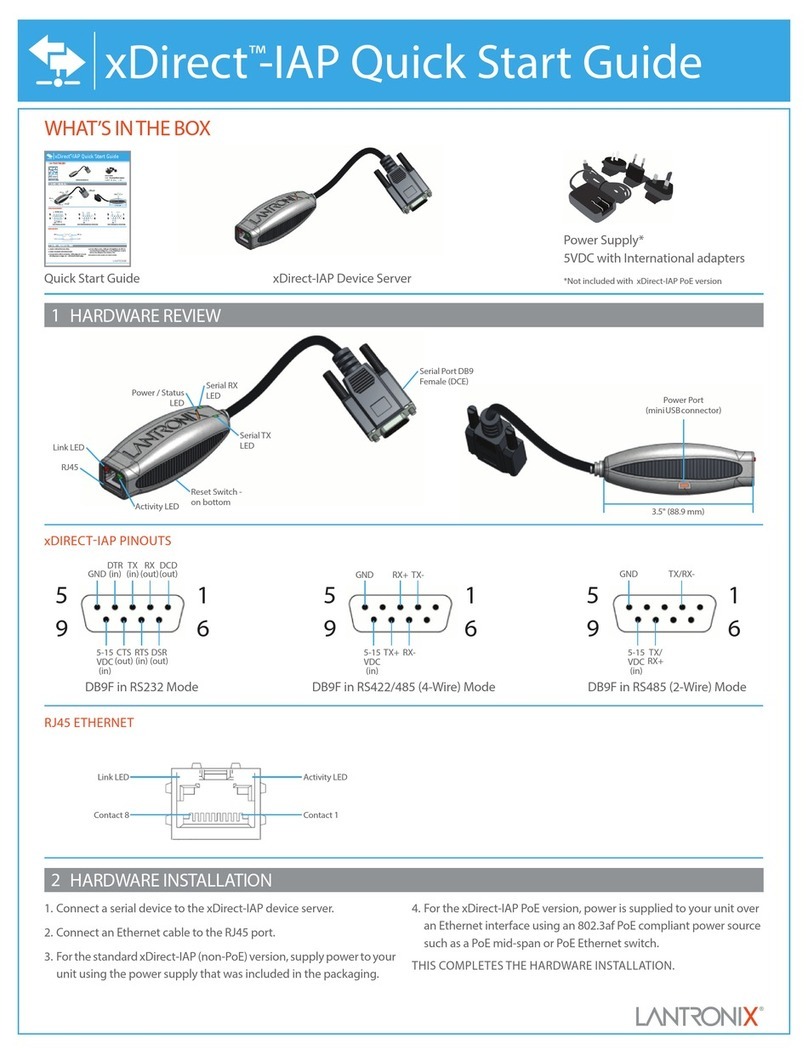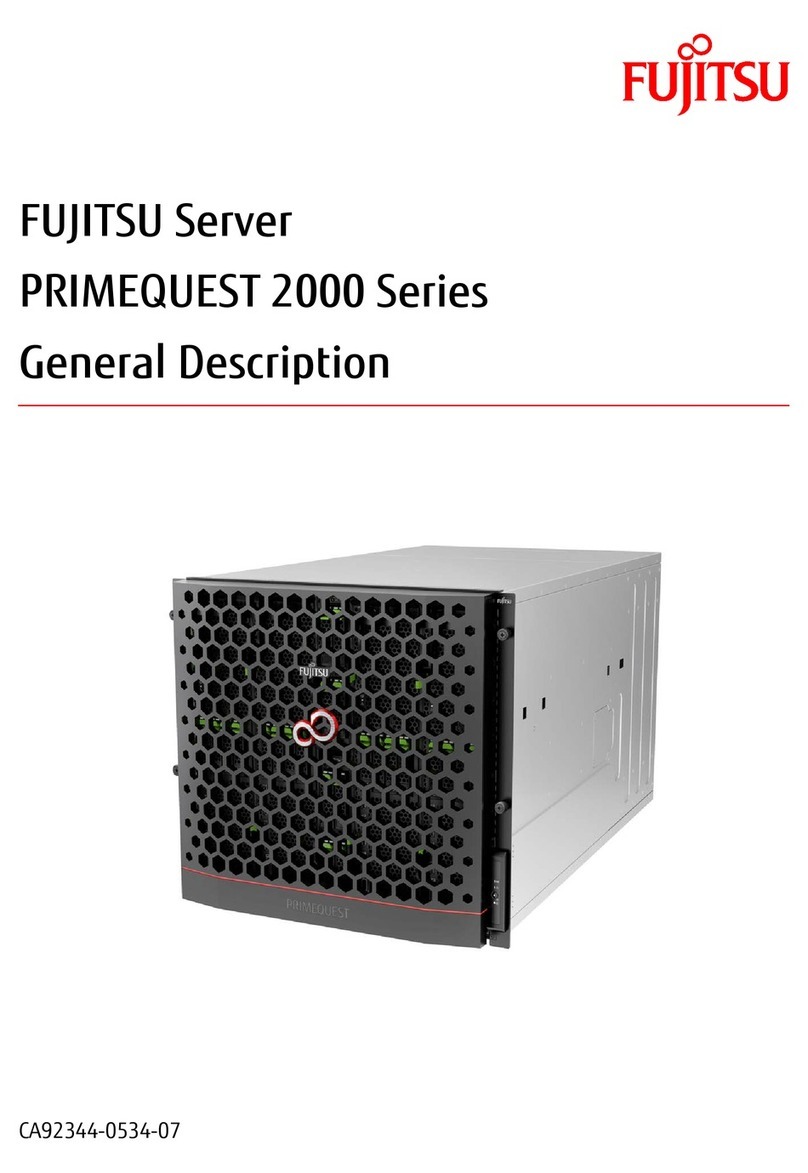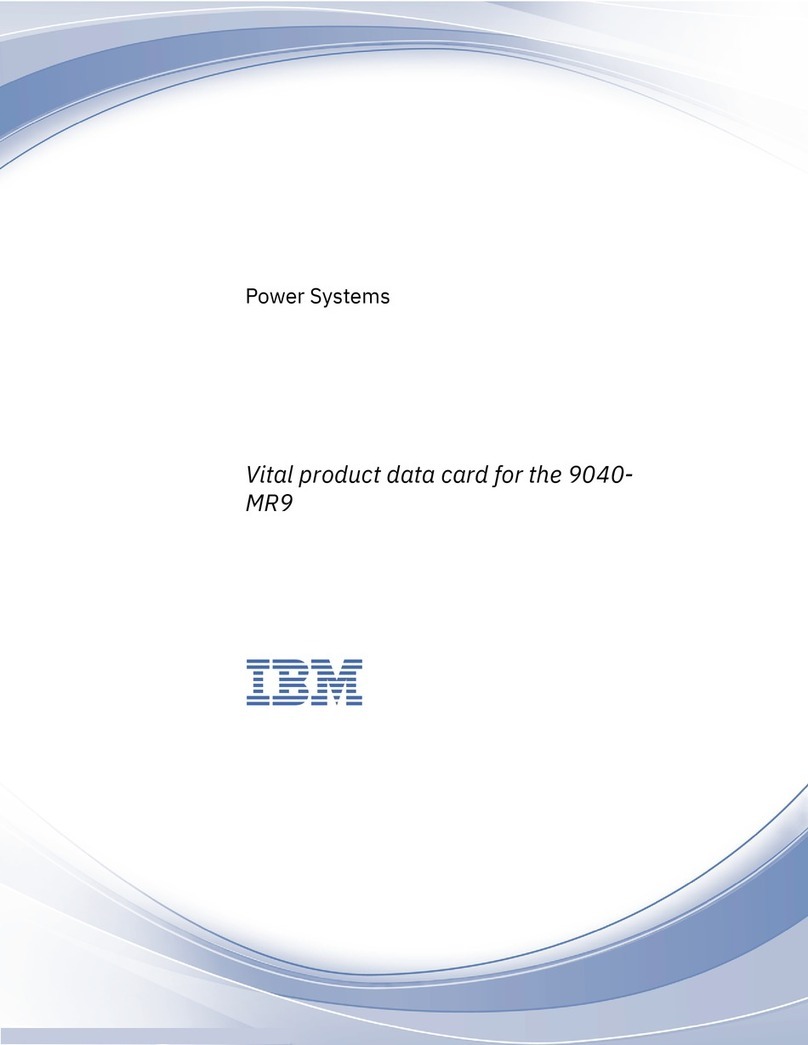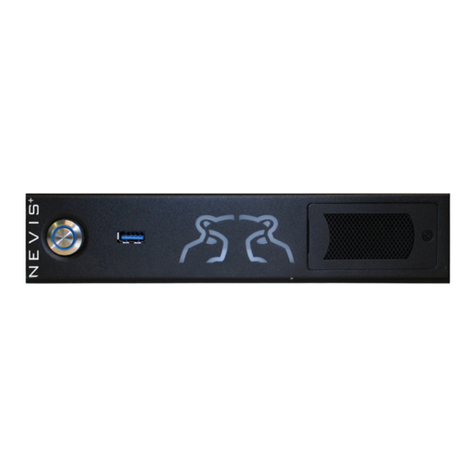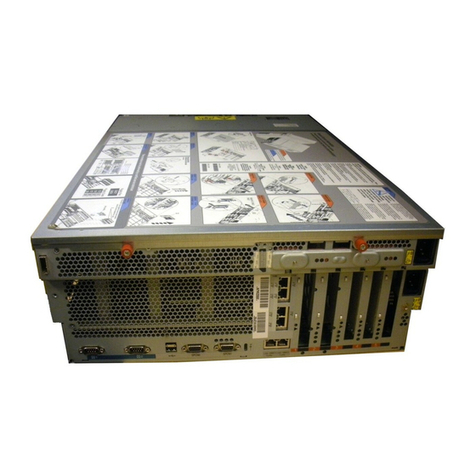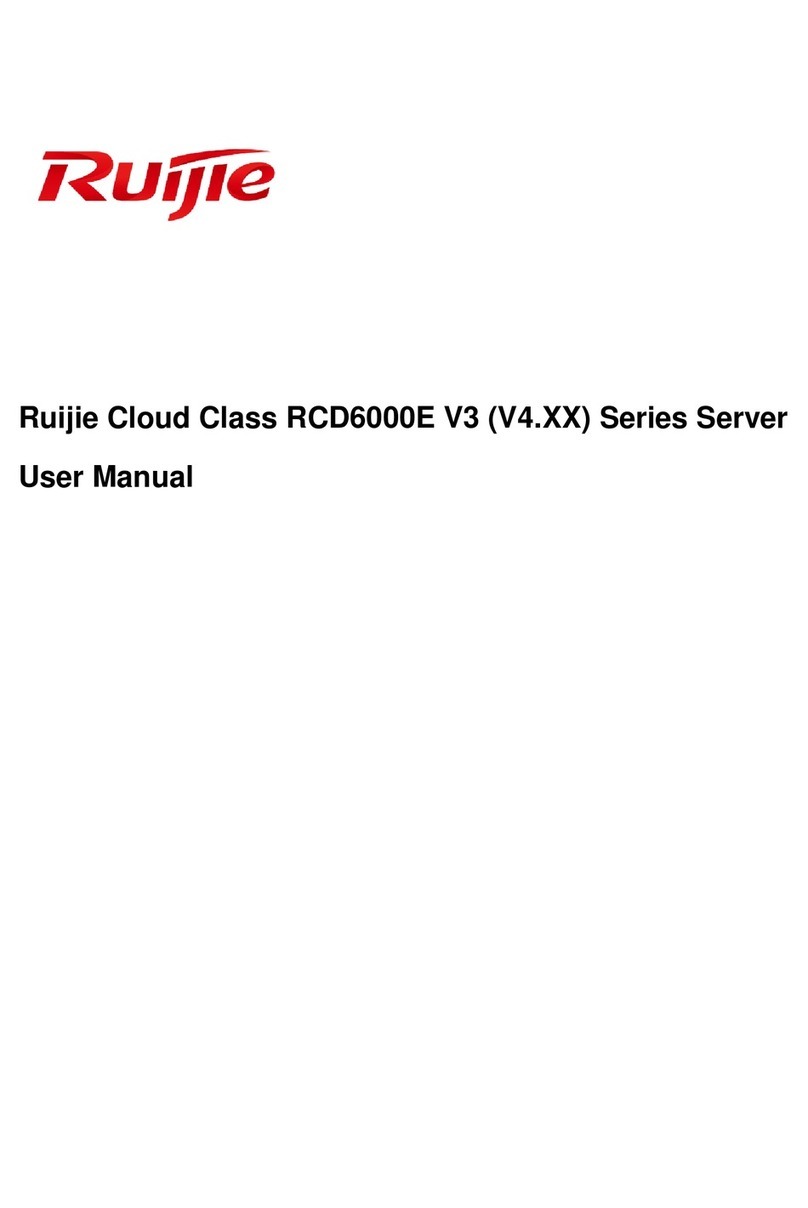
Abstract
This paper is intended to clarify HP local I/O strategy for ProLiant servers. HP server I/O priorities
reflect the demands of IT managers. HP supports I/O technologies that protect customer investments
and extend I/O performance, flexibility, and reliability. This paper describes today’s parallel bus
architecture and explains why the industry is beginning a transition to PCI Express. It provides details
on PCI Express technology and information to help customers determine which I/O technology to use.
Introduction
There is constant pressure on the Peripheral Component Interconnect (PCI) bus to meet the I/O
bandwidth demands of data traffic traveling between increasingly powerful CPUs and I/O devices.
The PCI standard has continued to meet the needs of CPUs and I/O devices by increasing
performance while maintaining backward compatibility. Historically, server local I/O performance
has doubled almost every two years with a new phase of the PCI standard.
With the advent of faster and more complex I/O devices, PCI-X 1.0, which defined device speeds of
PCI-X 66 and PCI-X 133, was introduced to extend the performance and RAS (reliability, availability,
and serviceability) features of PCI technology in servers. PCI-X 1.0 leveraged the wide acceptance of
the PCI bus and doubled the maximum bandwidth to 1066 MB/s with a 64-bit, 133-MHz bus. In
2002, the PCI SIG extended the PCI-X 1.0 specification with PCI-X 2.0. The PCI-X 2.0 specification is
a smarter, more robust I/O technology that doubles and quadruples PCI-X bandwidth with two
additional device speeds: PCI-X 266 and PCI-X 533.
In 2002, the PCI-SIG also introduced a new physical implementation of PCI, called PCI Express,
which was originally optimized for desktop applications. With anticipated bandwidths in excess of
4 GB/s, PCI Express delivers the performance required for next-generation 10-Gb Ethernet adapters.
This paper begins with a summary of today’s parallel bus system and then describes PCI Express
technology. This paper also provides deployment and timeline information to help customers develop
a transition plan.
Today’s parallel bus system
Today’s parallel bus system (PCI and PCI-X) uses bit-parallel, bi-directional, multi-drop connections
running at relatively low frequency (Figure 1). PCI and PCI-X send 32 or 64 data bits plus control
signals over the parallel bus. The number of pins required corresponds to the width of the bus: a
32-bit bus requires 50 to 60 pins (data plus control) and a 64-bit bus requires approximately
100 pins.
The number of devices sharing one bus shrinks as the speed of the bus increases. For example:
• 33-MHz PCI supports 5 or 6 slots.
• 66-MHz PCI-X supports 4 slots.
• 100-MHz PCI-X supports 2 slots.
• 133-MHz and higher PCI-X supports 1 slot.
2
